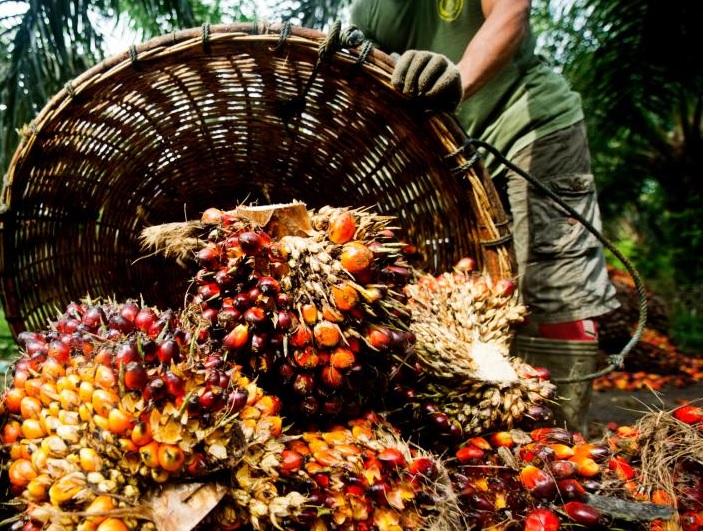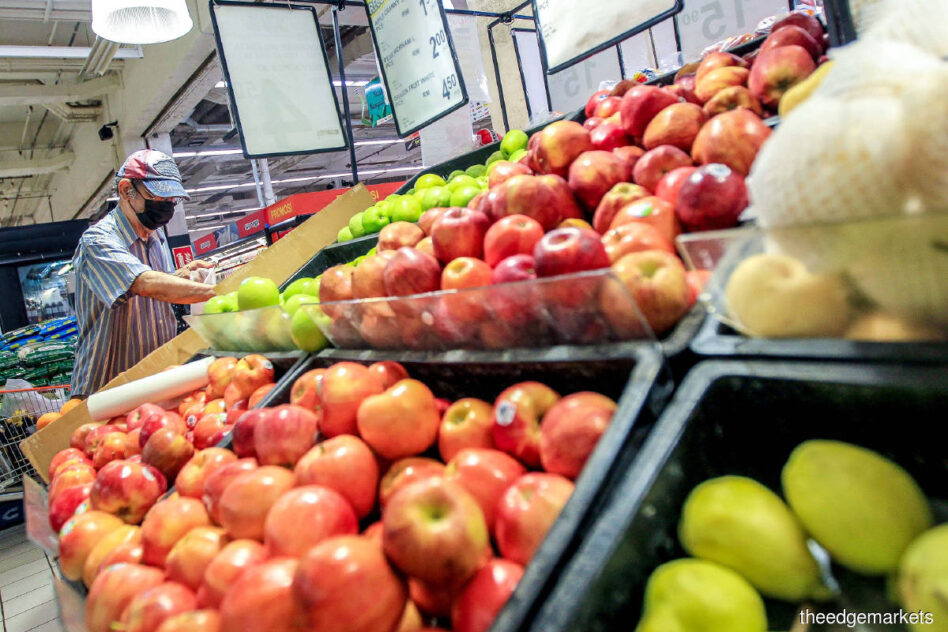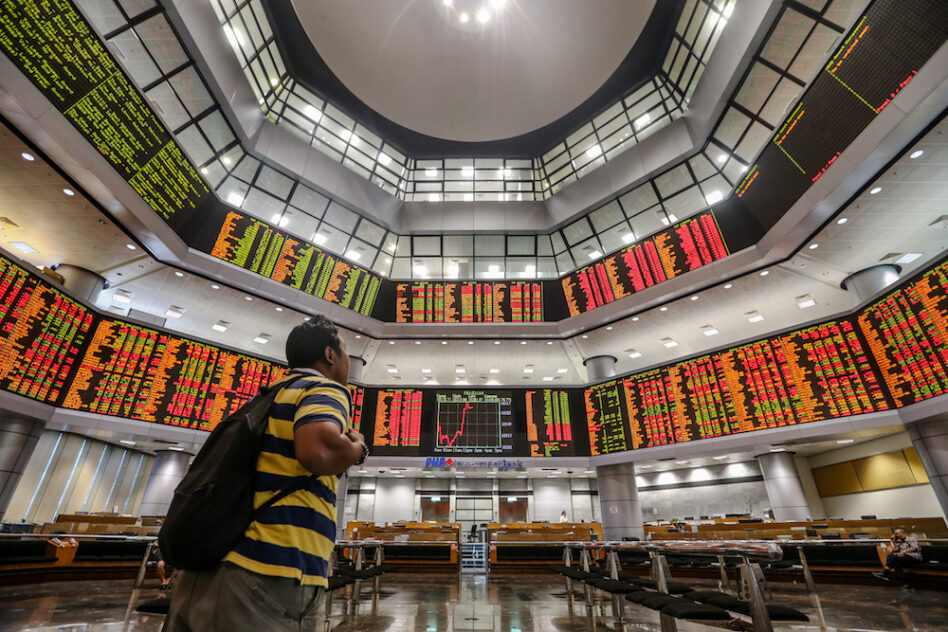Letter to Editor
FOR the local oil palm industry, things have never looked this rosy for a long time. Crude palm oil (CPO) prices are at a five-year high, averaging at RM4,465 per metric tonne (pmt) for the first quarter of this year, a 40% increase year-on-year (yoy) compared to RM3,185 pmt, previously.
Russia’s invasion of Ukraine has also disrupted the supply of rapeseed and sunflower oil to Europe and the Americas. As a result, these markets are looking at alternatives like palm oil, of which Malaysia is the second largest producer after Indonesia.
Indonesia’s pole position in exporting palm oil is also being challenged. Its recent decision to ban the export of the commodity to help meet domestic demand has allowed countries like Malaysia to step up and meet the shortfall.
While Indonesia has rescinded the ban partly due to the country’s heavy reliance on export tax of the commodity, the episode has left global markets in doubt about the country’s reliability in supplying the vegetable oil in the long-run.
As it is, Malaysia has risen to the occasion. For example, India, the world’s largest importer of palm oil has been upping its purchase from Malaysia.
In the first five months of the 2021/22 marketing year, India bought 1.47 million tonnes of Malaysian palm oil compared to 982,123 tonnes from Indonesia, data compiled by Solvent Extractors’ Association of India (SEA) showed.
In May, India imported around 570,000 tonnes of palm oil with 290,000 from Malaysia and 240,000 from Indonesia.
To top it off, Plantation Industries and Commodities Minister Datuk Zuraida Kamaruddin recently revealed that her Ministry is in talks with the Finance Ministry to slash export tax for palm oil from 8% to between 4–6%.
This will certainly make Malaysia’s palm oil even more competitive and may even help the country regain the top spot in the global palm oil production, which it previously held.
To her credit, Zuraida has done a lot to help promote Malaysia’s golden crop.
Recently, she was reported as saying that her Ministry would undertake aggressive efforts to counter the global smear campaign on our commodity under the “Palm Oil Full of Goodness” counter-campaign.
For decades, interest groups have systematically undermined palm oil through fake news and misinformation, and in the process allowing alternative vegetable oils like rapeseed and sunflower to dominate, especially in the United States and the United States.
The current edible oil shortfall globally and Indonesia’s policy flip-flops have allowed Malaysia to herald the return of the golden era for the country’s golden crop.
Local planters and oil palm producers are now smiling from ear-to-ear following the windfall, after a prolonged period of sluggish demand following the COVID-19 pandemic.
But the industry should not rest on its laurels. After the war in Ukraine ends, the European markets may go back to prioritising rapeseed and sunflower oil and the CPO’s current stratospheric prices will not hold forever.
The industry should take this opportunity to re-strategise and make palm oil a more viable product in the long-run. Planters’ main problem now – the lack of manpower – needs to be urgently addressed.
Zuraida has rightly pointed out that automation and modernisation is the way to go. For example, drones can help detect unhealthy trees, spray pesticides, monitor yield and conduct weed detection faster and more accurately than manual labour.
Malaysia’s palm oil industry is enjoying a tailwind now. The industry should take advantage of the favourable conditions now and make itself more sustainable in the long-run. – May 24, 2022
Abdul Razak Ahmad
Shah Alam, Selangor
The views expressed are solely of the author and do not necessarily reflect those of Focus Malaysia.









